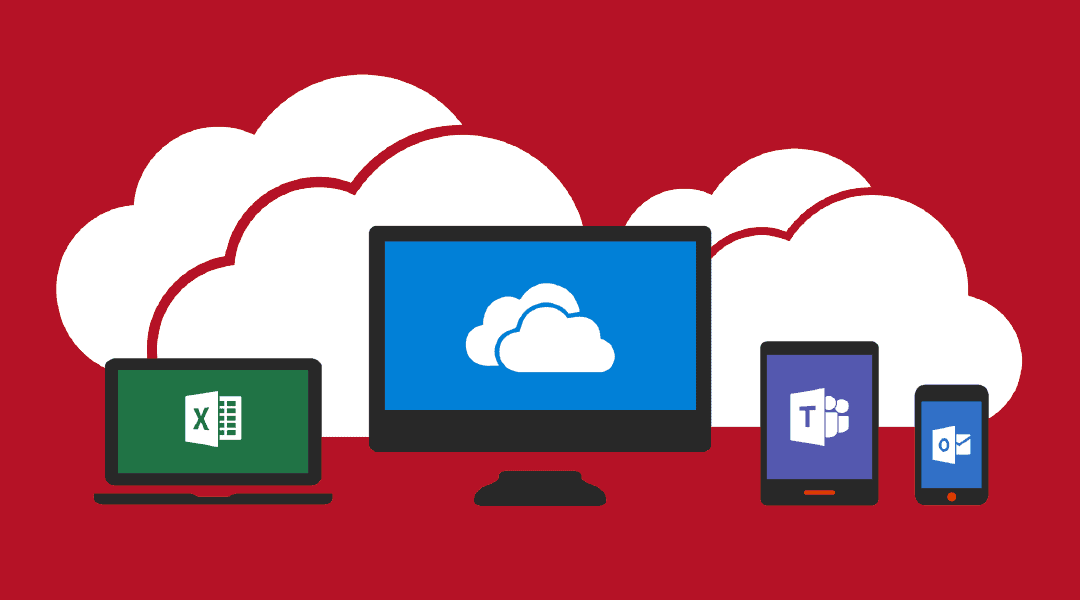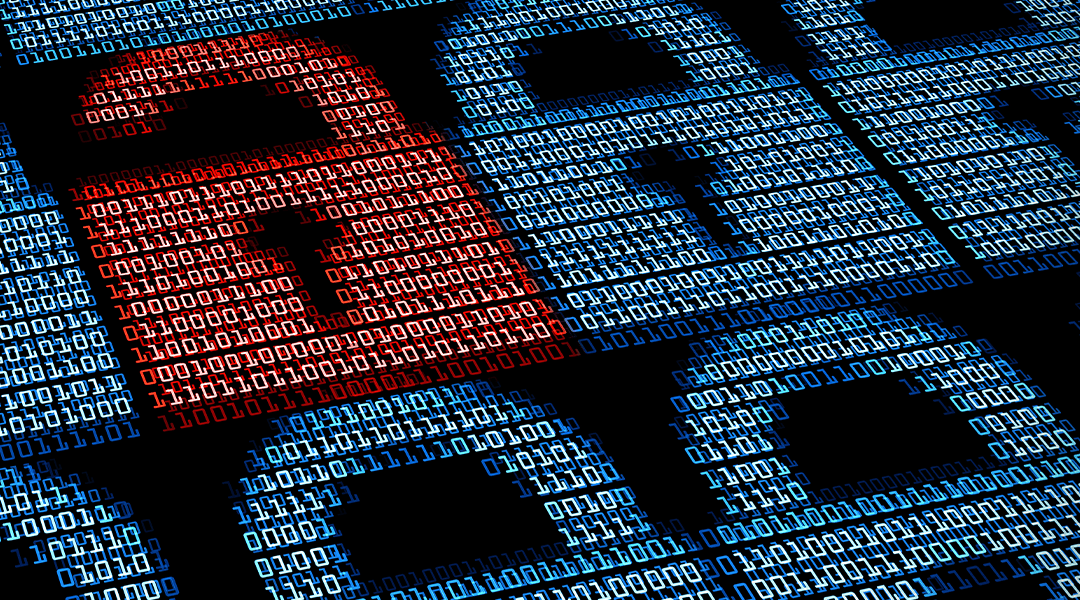
3 Benefits of New Hardware You Can’t Afford To Ignore
If you haven’t purchased new hardware for your office, you’re missing out. New computers and/or laptops are game changers for patch updates, new software, and so much more.
Let’s talk about the benefits of new hardware.
1. FEWER SECURITY RISKS
When your computers, phones, etc. age, their support and warranties become nonexistent. Devices eventually have an end of life which means manufacturers and developers no longer issue updates.
Software updates also provide new features, smoother experiences, and bug fixes that earlier versions may have not gotten rid of. The most critical piece; however, is security patches. If these are left unfinished, they leave you vulnerable.
2. YOU WORK FASTER
There’s no better feeling than coming into work, firing up your computer, and being able to open all applications without issues. New hardware not only makes this possible, it guarantees increased business efficiency and staff productivity.
3. INCREASE EMPLOYEE MORALE
There’s nothing more important than increasing and maintaining employees happiness. We get it, new hardware costs money, but look at the brighter side… it:
- improves customer service or supplier relationships
- develops more effective communication within the business or with consumers
- expands your business offer or reaches new markets
- develops a competitive advantage by implementing the right technologies, those of which that use faster processing
NEXT STEPS
Contact us about new hardware for your business – we’ll take care of you!




